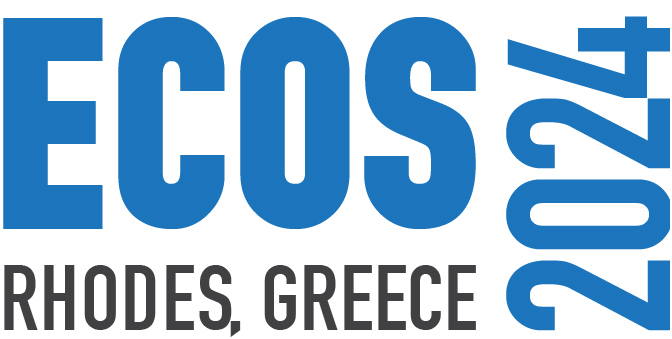The EU ports industry is currently one of the economic pillars of the European community. Although being hit by the economic recession caused by COVID-19’s restrictions, on average, around 74% of goods imported and exported, and 37% of exchanges with outside entities, go through seaports.
However, these vital infrastructures are responsible for a significant rise in environmental impacts in terms of carbon emissions, soil & water pollution, and loss of biodiversity, among others. Not in vain, maritime transport in the EU accounts for approximately 13% of its transport GHG emissions. This fact puts the greening of the port’s emitting activities as a necessary step to achieve the ambitious goals for 2030 (55% reduction) and 2050 (net zero).
In parallel, the Sustainable and Smart Mobility Strategy, flowing from the European Green Deal, sets as a flagship the achievement of zero-emission ports, becoming “clean energy hubs for integrated electricity systems, hydrogen and other low-carbon fuels, and testbeds for waste reuse and the circular economy”.
Consequently, the European Commission (EC) is proposing measures to incentivise the deployment of renewable and low-carbon fuels and feeding stationed vessels with renewable power instead of fossil energy, incentivising the development and use of new, cleaner, and quieter vessels, greening port services and operations, optimisation of port calls, and through wider use of smart traffic management.
Many specialized collaborative plans have been developed, increasing Europe’s potential towards a greener future. One of these has especially taken the lead as one of the most promising ways of exploiting an untapped potential of the energy industry in the following decade: PORTS 2030.
Activities such as sharing findings, unifying objectives, creating synergies and preparing the next generations, will become a top priority for the European Economic Zone (EEZ) in the next few years to ensure a steadily increasing and reliable path towards Europe 2050’s goals, tackling challenges such as co-creation of circular-by-design operative and business models, as well as identifying the social and technological challenges associated to meeting the Green Deal priorities.
This is the framework of the SEANERGY project, which aims at supporting the creation of the best possible setting and conditions for the EU energy transition, through the development and implementation of sustainability and an educational path centered on the port ecosystem.

